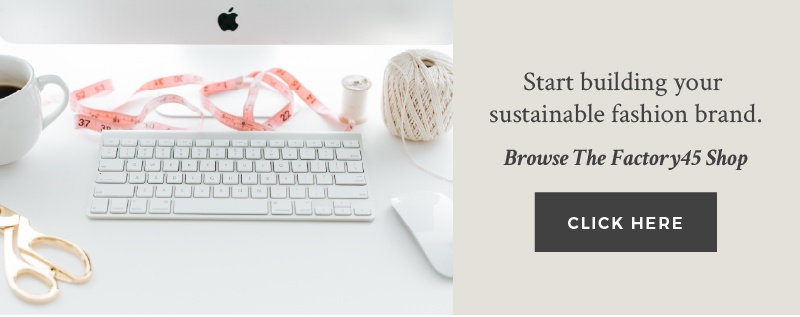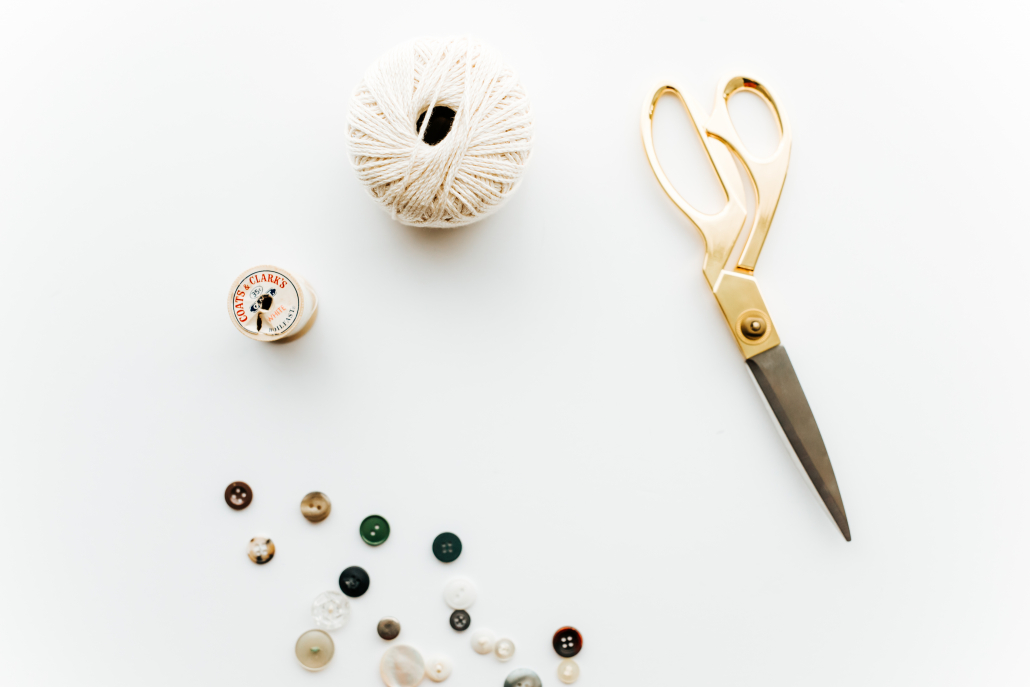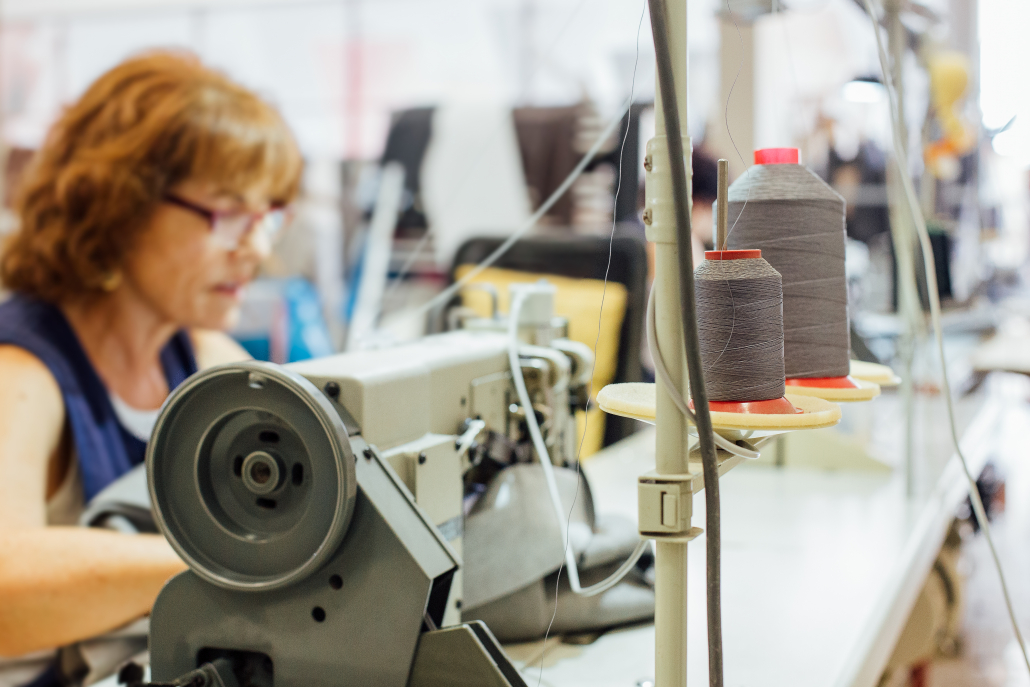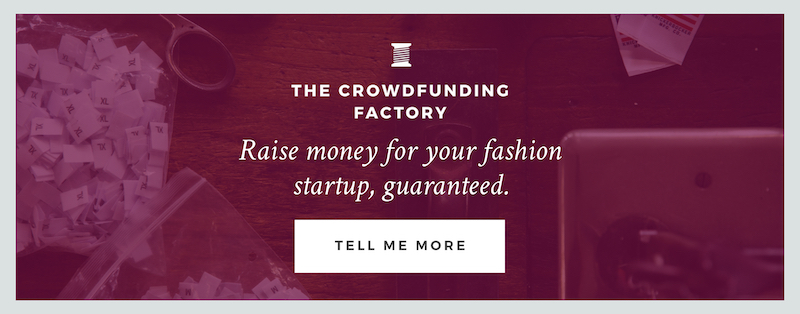Do you know the number one reason that new fashion brands lose money or go out of business in their first year?
Manufacturing mistakes.
From over-ordering inventory to garment construction errors, starting production is the most vulnerable time for new fashion brands.
I’ve heard the stories.
The brand blames the factory… the factory blames the brand… and when all is said and done, only a fraction of the production order is good enough to sell.
And both parties lose money.
In the case of the new brand, it’s enough of a loss to put them out of business — before they’ve even started.
The thing is, it doesn’t have to be this way.
Because the primary reason for manufacturing mistakes is a lack of communication.
The tech pack isn’t specific… the sew-by sample isn’t perfect… the brand and project manager haven’t had enough conversations about the end goal of the product.
The good news is: Communication is something that can be improved upon.
And while yes, the factory manager could probably be quicker about responding to your emails or returning your phone calls, effective communication is the responsibility of you — the founder and designer of your brand.
Can you control the skill set of the sewers? No.
Can you control the attention of the quality control manager? No.
But you can control the clarity of your expectations and needs up until production begins.
And that’s everything.
Between the free resources in books, blogs and YouTube, there’s really no excuse anymore to go into apparel manufacturing knowing nothing at all.
So, I’ve put together a little quiz for you, so you can better understand where your knowledge lies…
Which of these questions can you answer?
- What is a “time study” sample?
- Name the three things you need to be able to start product development.
- What’s the most important question to ask a pattern/samplemaker before you hire them?
- What’s the number one way to save money in production?
- Should your production partner sign an NDA?
If you were able to confidently answer four out of these five questions, then you’re in good shape!
But if you know that you’re new to the manufacturing industry and you have plans to start an apparel or accessories brand, then it’s imperative that you arm yourself with the knowledge and know-how to get through production without losing money.
And that’s why I created The Manufacturing Kit for you.
It includes eight resources that will answer the questions above, as well as teach you other valuable information like:
- The 14 things you need before starting product development.
- How to translate your sketch to a spec sheet template so you don’t have to pay to have one made.
- 9 questions to ask a pattern/samplemaker before you hire them.
- 9 questions to ask a manufacturer before signing a contract.
- And more…
You can check out The Manufacturing Kit in more detail here.
And if you have any questions about it, just reply to this email — I’ll personally get back to you.
As they say, “knowledge is power” and my goal with The Manufacturing Kit is for you to be able to confidently and calmly go into production without wasting time and losing money.
To your success,










